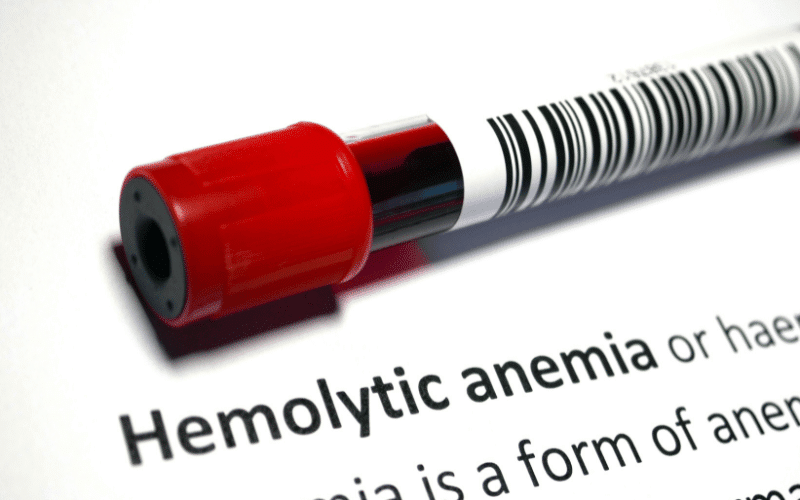4. Hemolytic Anemia: When Red Blood Cells Break Down

Hemolytic anemia is a condition in which red blood cells are destroyed faster than the bone marrow can produce them. This type of anemia can be inherited, such as in cases of sickle cell anemia or hereditary spherocytosis. Or it can be acquired due to various factors like infections, autoimmune disorders, or exposure to certain medications or toxins.
Treatment for hemolytic anemia depends on the underlying cause. In some cases, blood transfusions or plasmapheresis (a procedure that removes harmful substances from the blood) may be necessary to manage severe anemia. Other treatments might involve addressing the underlying cause, such as stopping medications that trigger hemolysis or treating infections with antibiotics.
Symptoms of hemolytic anemia can be similar to those of other types of anemia, including fatigue, weakness, and shortness of breath. Additionally, hemolytic anemia can cause jaundice, dark urine, and an enlarged spleen or liver. It’s essential to consult a healthcare professional if you suspect hemolytic anemia, as prompt diagnosis and treatment can help prevent complications.
Preventing hemolytic anemia involves addressing any underlying causes and managing risk factors, such as avoiding medications known to trigger hemolysis or maintaining a healthy lifestyle to support overall immune function. (4)